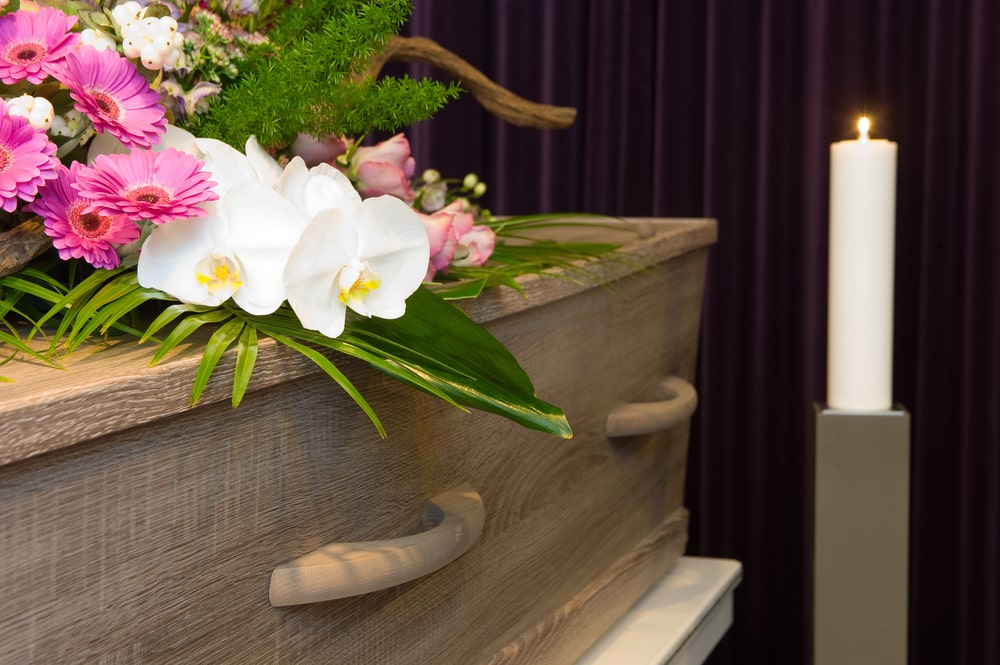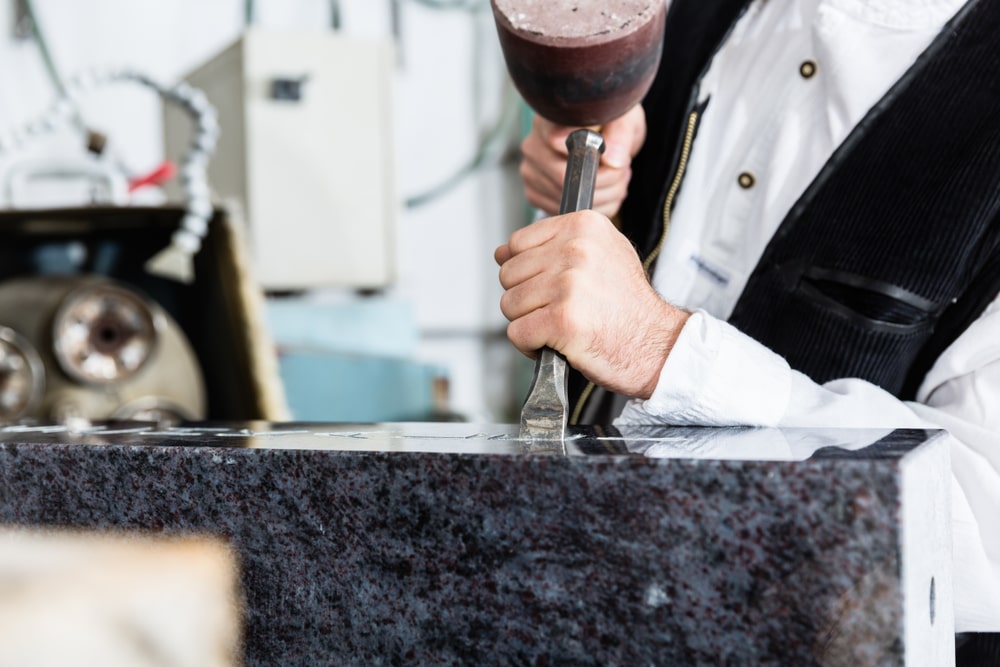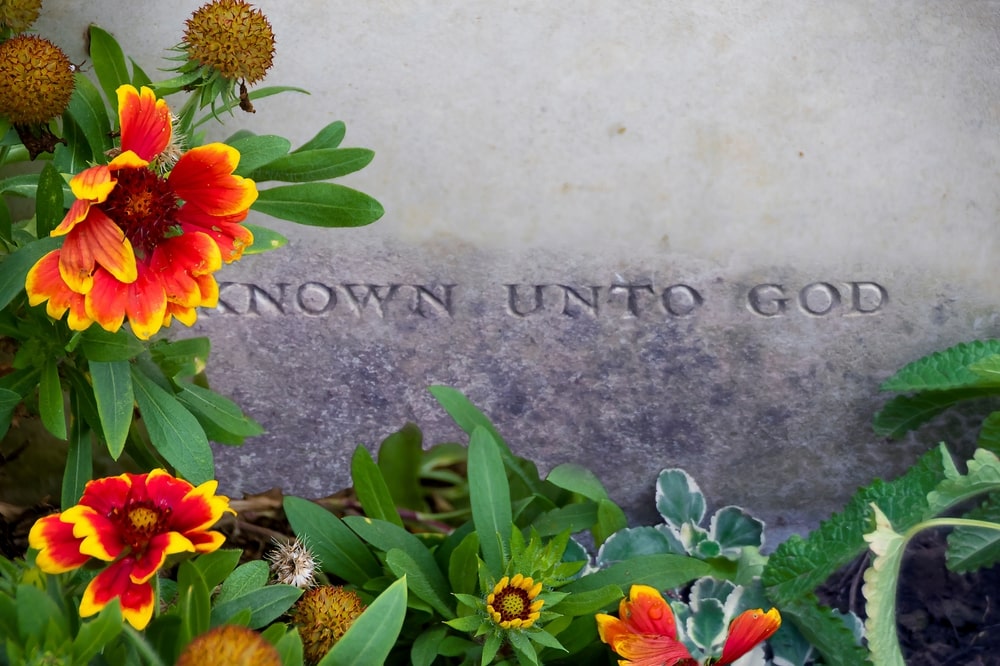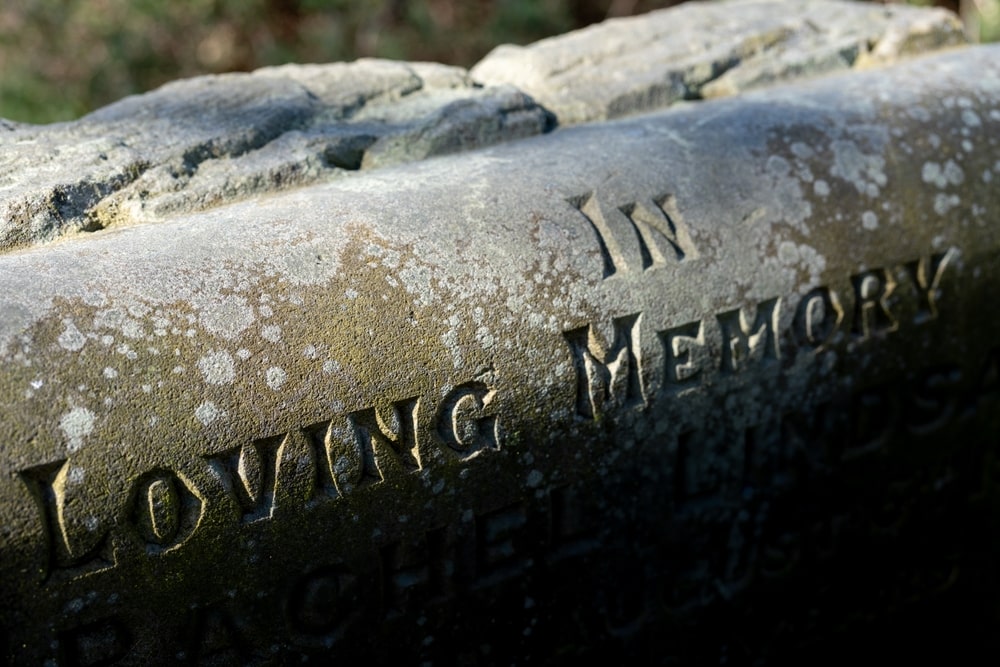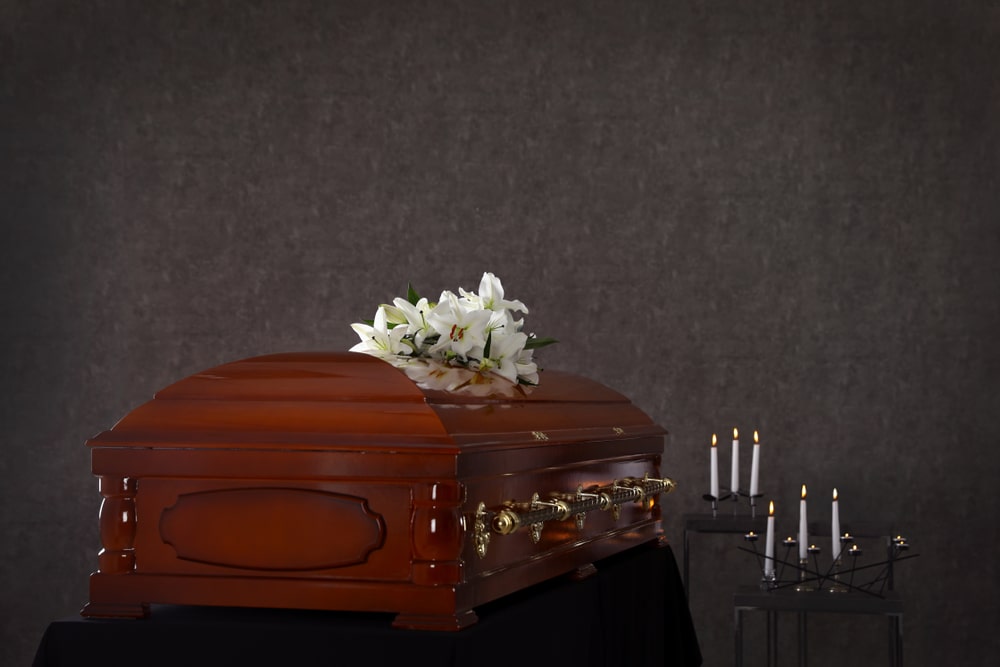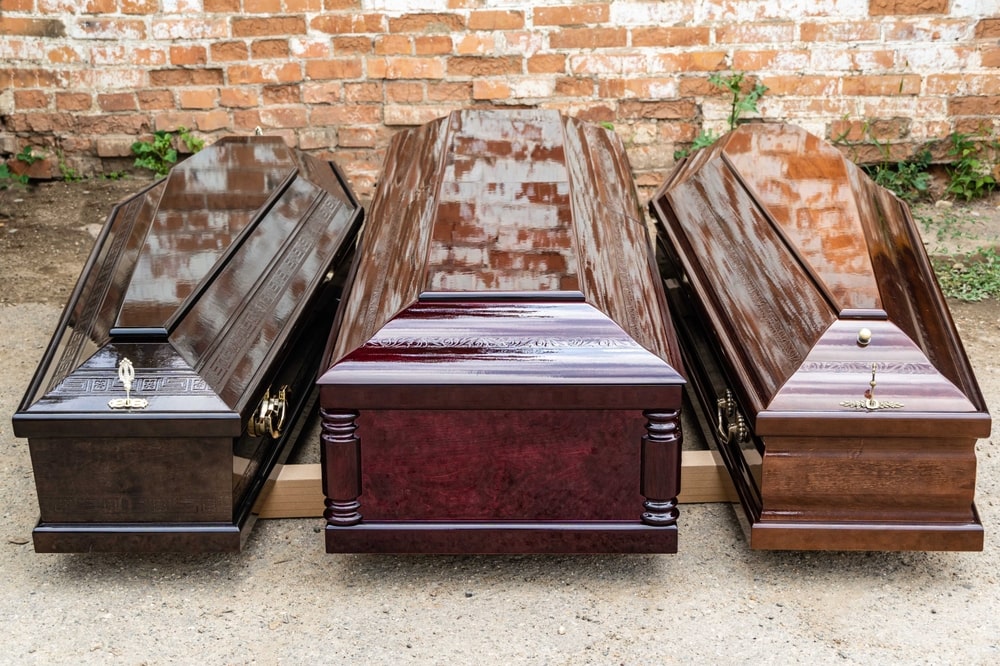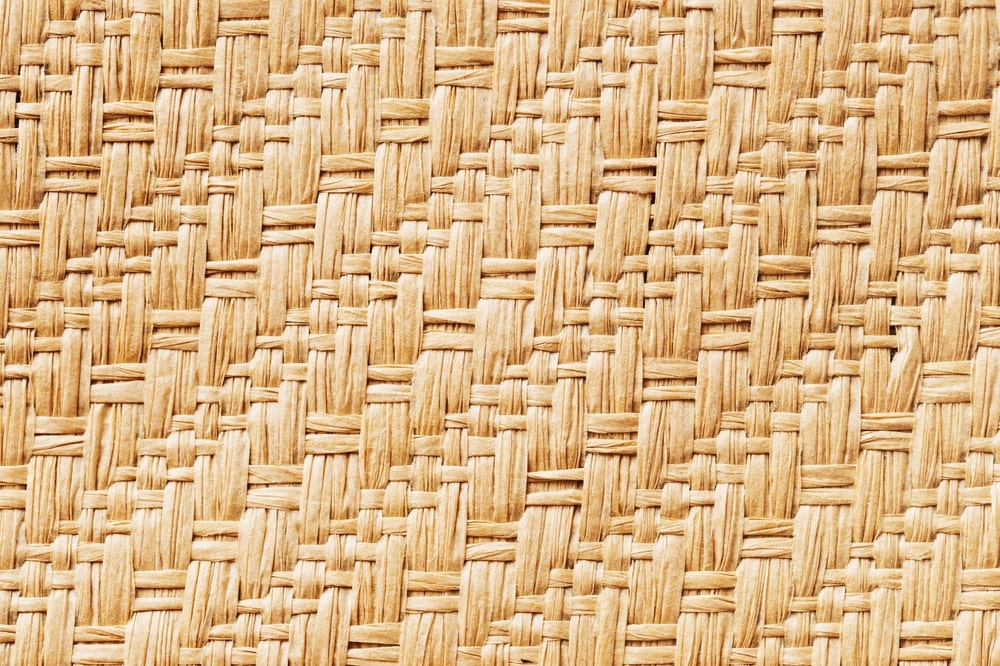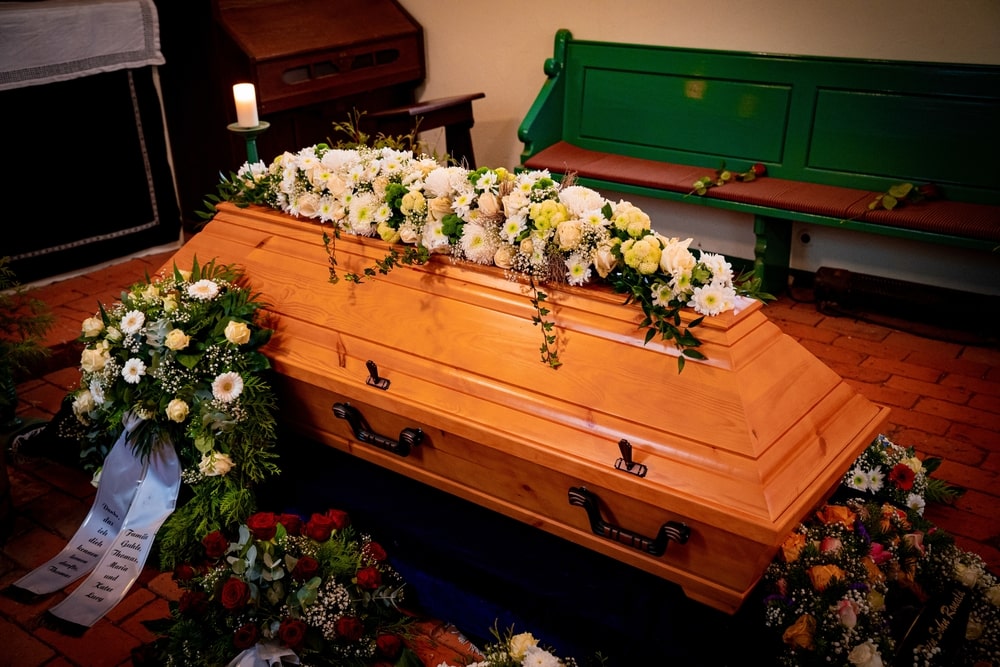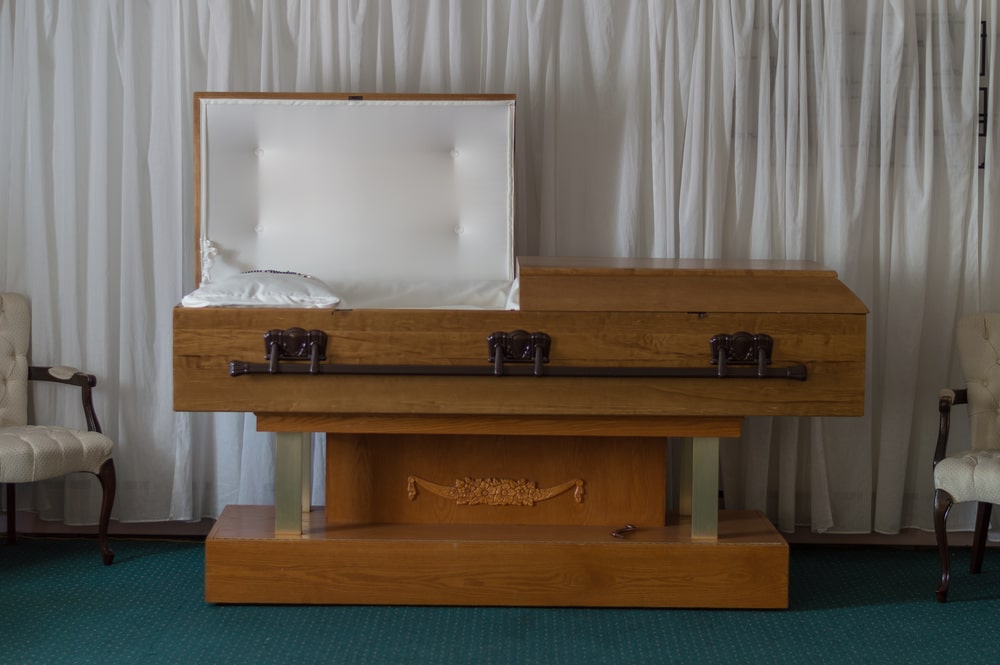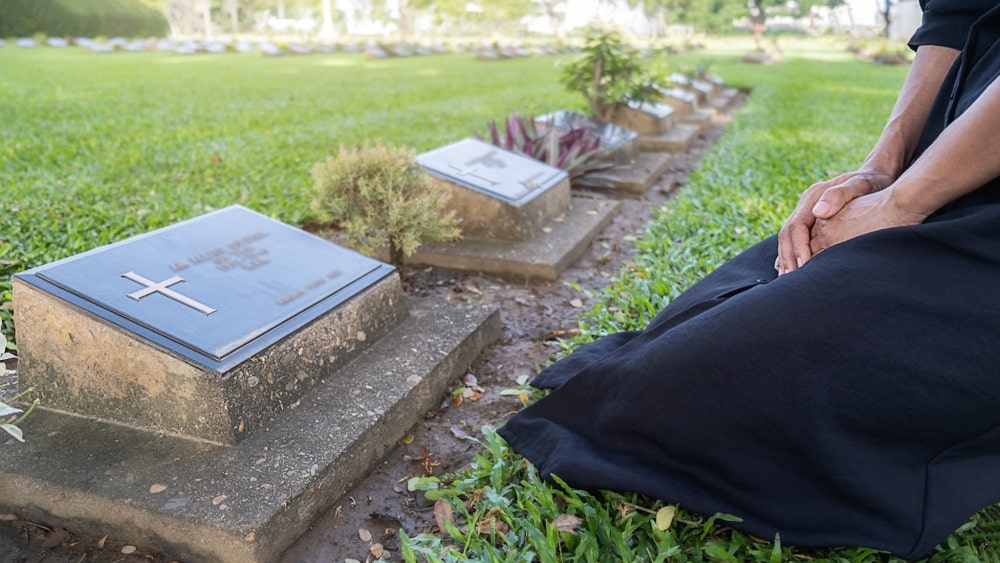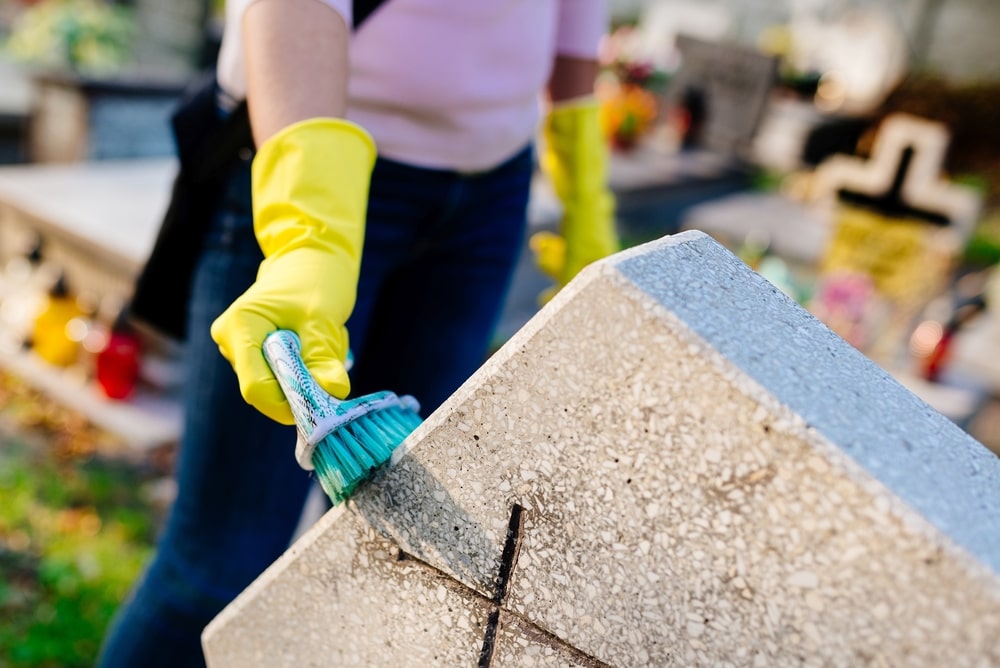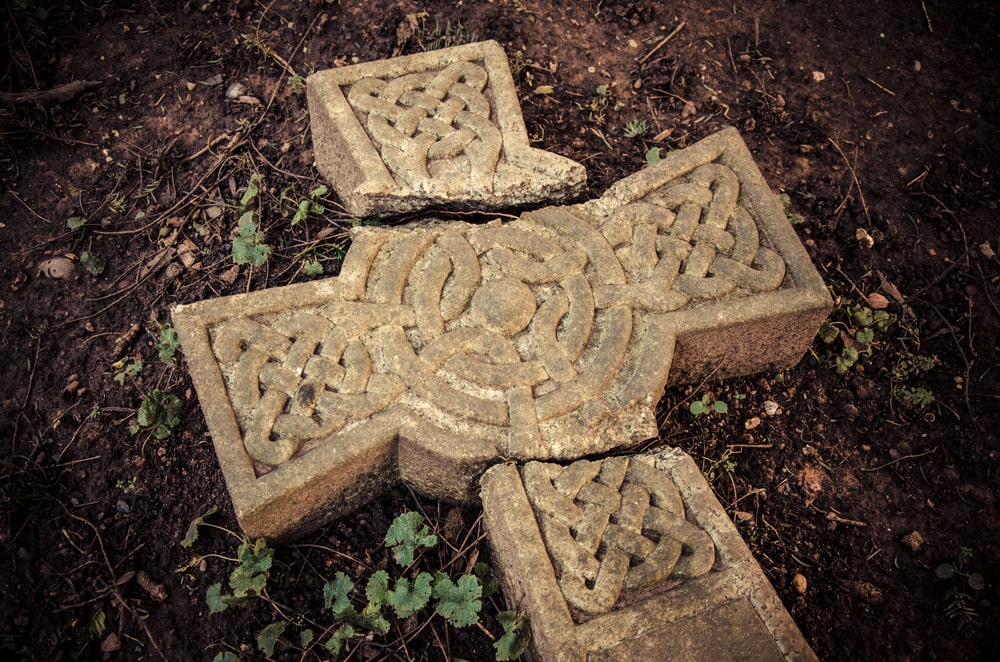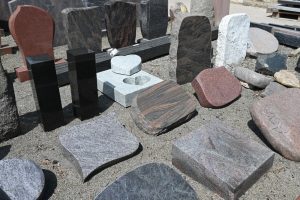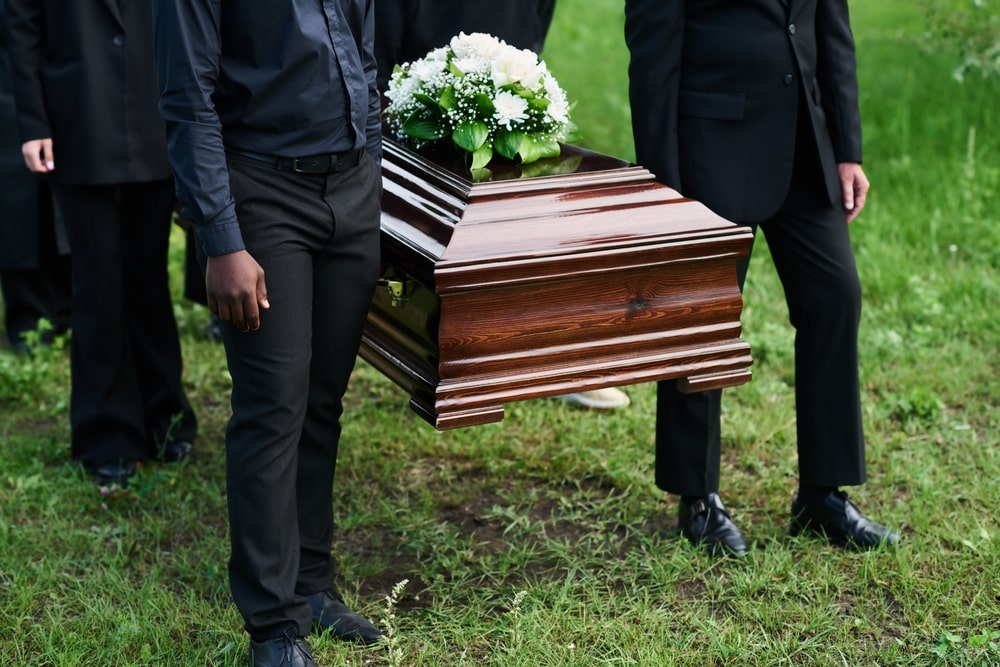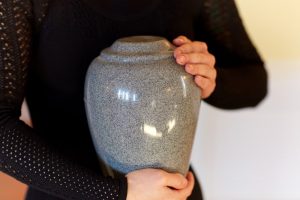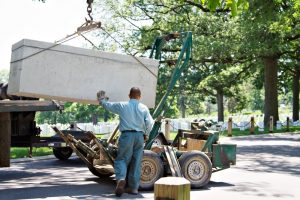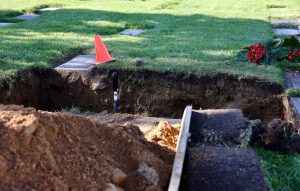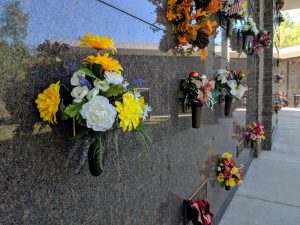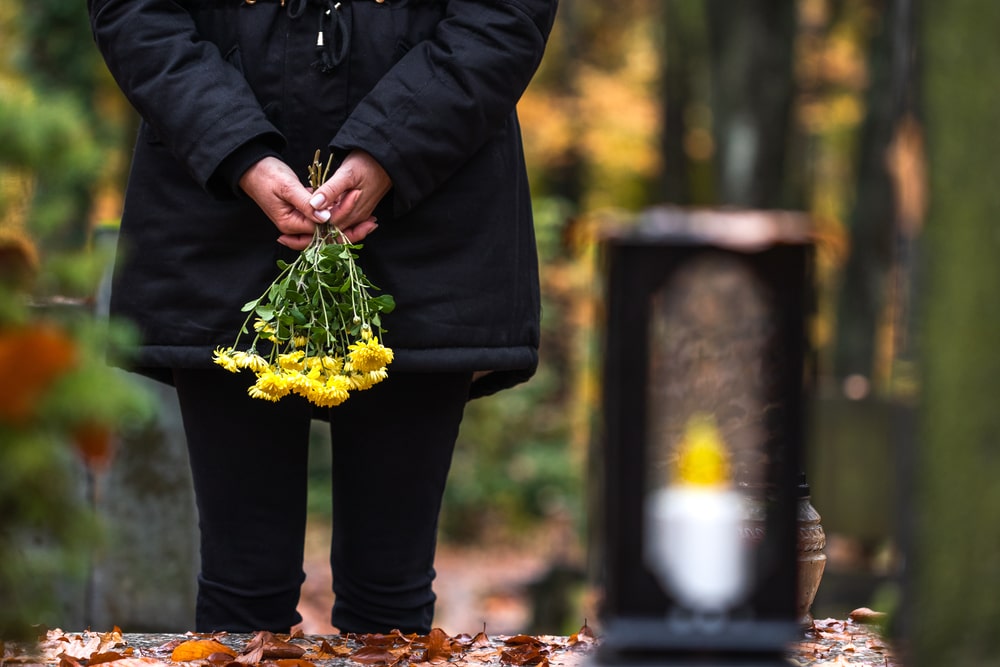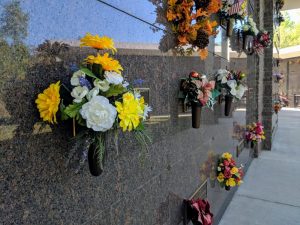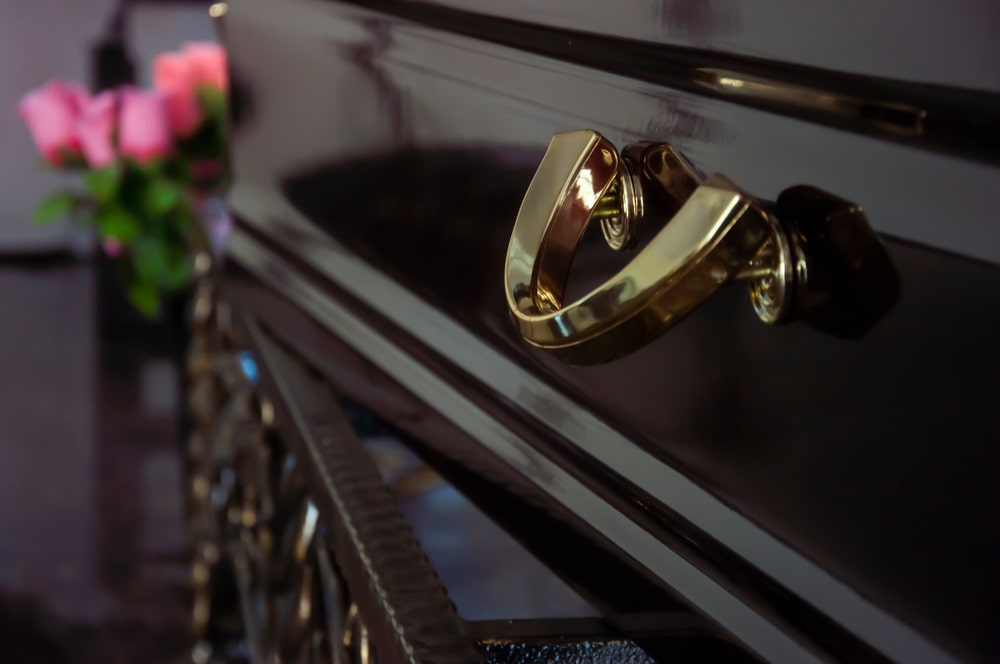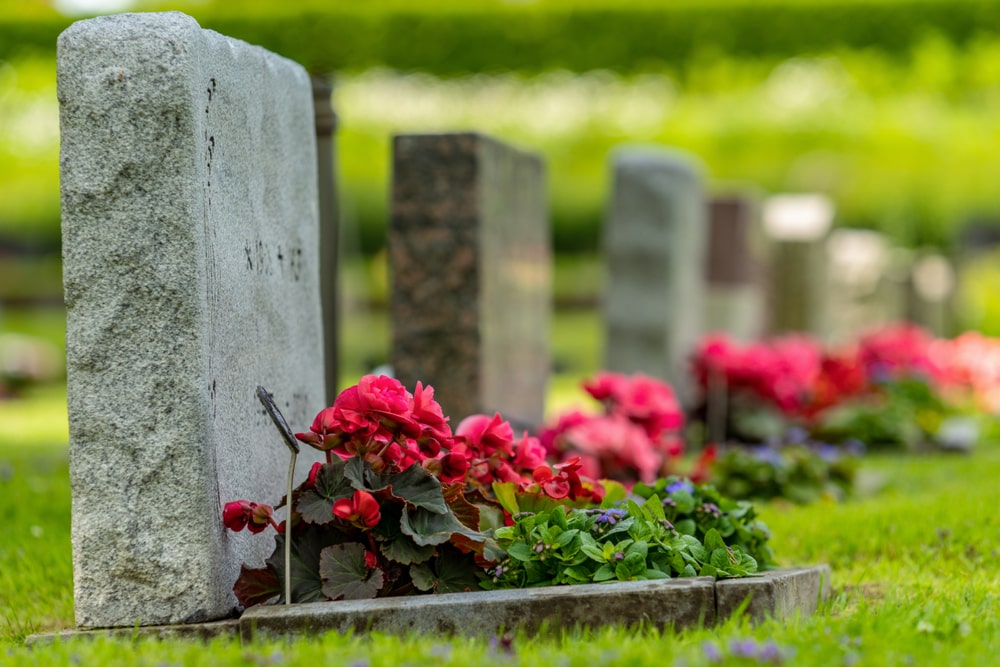
Did you know that many veterans and their dependents are eligible for free burial in a national cemetery? It’s true! While there are eligibility requirements, the National Cemetery Administration maintains 156 national cemeteries in 42 states and Puerto Rico. If you are interested in burial or inurnment at a national cemetery, it’s a very real option for you!
A Few Things to Keep in Mind
Here are a few things to keep in mind if you decide to pursue this veteran benefit:
- In order to qualify, you must meet the VA’s eligibility requirements and only eligible dependents (such as a spouse) may be considered for burial in a national cemetery.
- Your preferred cemetery may not have space available. If that’s the case, reach out to secondary locations or look into a state veterans cemetery instead. Your chosen funeral director can help you better understand the options available to you.
- Some national cemeteries are closed to new interments unless you are related to a veteran or spouse already buried there. For example, if your veteran spouse is already buried there, you as the dependent spouse can request burial in the same cemetery even if it’s not open to new interments. The cemetery may not be able to accommodate you, but it doesn’t hurt to ask. In many cases, they can accommodate.
- There are several states currently without a national cemetery. They are Connecticut, Delaware, New Hampshire, Rhode Island, and Vermont. New national cemeteries are currently under construction in Utah and Nevada, and each one will be the first national cemetery in its state.
With this information in mind, here’s a listing of the national cemeteries across the United States that are still open to new interments. If you are interested in funeral preplanning, the VA can work with you and your chosen funeral home to get your plans in place.
National Cemeteries Across the United States
Alabama
Alabama National Cemetery – Montevallo, AL
Fort Mitchell National Cemetery – Fort Mitchell, AL
Alaska
Fort Richardson National Cemetery – Fort Richardson, AK
Sitka National Cemetery – Sitka, AK
Arizona
National Memorial Cemetery of Arizona – Phoenix, AZ
Prescott National Cemetery – Prescott, AZ (cremation only)
Arkansas
Fayetteville National Cemetery – Fayetteville, AR
Fort Smith National Cemetery – Fort Smith, AR
California
Bakersfield National Cemetery – Arvin, CA
Los Angeles National Cemetery – Los Angeles, CA (cremation only)
Miramar National Cemetery – San Diego, CA
Riverside National Cemetery – Riverside, CA
Sacramento Valley National Cemetery – Dixon, CA
San Joaquin Valley National Cemetery – Santa Nella, CA
Colorado
Fort Logan National Cemetery – Denver, CO
Fort Lyon National Cemetery – Las Animas, CO
Pikes Peak National Cemetery – Colorado Springs, CO
Florida
Barrancas National Cemetery – Pensacola, FL
Bay Pines National Cemetery – St. Petersburg, FL (cremation only)
Cape Canaveral National Cemetery – Mims, FL
Florida National Cemetery – Bushnell, FL
Jacksonville National Cemetery – Jacksonville, FL
Sarasota National Cemetery – Sarasota, FL
South Florida National Cemetery – Lake Worth, FL
Tallahassee National Cemetery – Tallahassee, FL
Georgia
Georgia National Cemetery – Canton, GA
Hawaii
National Memorial Cemetery of the Pacific – Honolulu, HI
Idaho
Snake River Canyon National Cemetery – Buhl, ID
Illinois
Abraham Lincoln National Cemetery – Elwood, IL
Camp Butler National Cemetery – Springfield, IL
Danville National Cemetery – Danville, IL
Fort Sheridan National Cemetery – Sheridan, IL (cremation only)
Mound City National Cemetery – Mound City, IL
Rock Island National Cemetery – Rock Island, IL
Indiana
Crown Hill National Cemetery Annex – Indianapolis, IN (cremation only)
Marion National Cemetery – Marion, IN
New Albany National Cemetery – New Albany, IN (cremation only)
Iowa
Keokuk National Cemetery – Keokuk, IA
Kansas
Fort Leavenworth National Cemetery – Fort Leavenworth, KS (cremation only)
Fort Scott National Cemetery – Fort Scott, KS
Leavenworth National Cemetery – Leavenworth, KS
Kentucky
Camp Nelson National Cemetery – Nicholasville, KY
Lebanon National Cemetery – Lebanon, KY
Mill Springs National Cemetery – Nancy, KY
Louisiana
Louisiana National Cemetery – Zachary, LA
Port Hudson National Cemetery – Zachary, LA (cremation only)
Maine
Acadia National Cemetery – Jonesboro, ME
Maryland
Baltimore National Cemetery – Baltimore, MD (cremation only)
Massachusetts
Massachusetts National Cemetery – Bourne, MA
Michigan
Fort Custer National Cemetery – Augusta, MI
Great Lakes National Cemetery – Holly, MI
Minnesota
Fort Snelling National Cemetery – Minneapolis, MN
Mississippi
Biloxi National Cemetery – Biloxi, MS
Corinth National Cemetery – Corinth, MS
Natchez National Cemetery – Natchez, MS
Missouri
Jefferson Barracks National Cemetery – St. Louis, MO
Springfield National Cemetery – Springfield, MO
Montana
Yellowstone National Cemetery – Laurel, MT
Nebraska
Fort McPherson National Cemetery – Maxwell, NE
Omaha National Cemetery – Omaha, NE
Nevada
Elko National Cemetery – Elko, NV (currently unavailable; under construction)
New Jersey
Finn’s Point National Cemetery – Pennsville, NJ (cremation only)
New Mexico
Fort Bayard National Cemetery – Fort Bayard, NM
Santa Fe National Cemetery – Santa Fe, NM
New York
Bath National Cemetery – Bath, NY
Calverton National Cemetery – Calverton, NY
Gerald B.H. Solomon Saratoga National Cemetery – Schuylerville, NY
Long Island National Cemetery – Farmingdale, NY (cremation only)
St. Albans National Cemetery – Queens, NY (currently unavailable; under construction)
Western New York National Cemetery – Corfu, NY
Woodlawn National Cemetery – Elmira, NY (cremation only)
North Carolina
Salisbury National Cemetery – Salisbury, NC
North Dakota
Fargo National Cemetery – Harwood, ND
Ohio
Dayton National Cemetery – Dayton, OH
Ohio Western Reserve National Cemetery – Seville, OH
Oklahoma
Fort Gibson National Cemetery – Fort Gibson, OK
Fort Sill National Cemetery – Elgin, OK
Oregon
Eagle Point National Cemetery – Eagle Point, OR
Fort Stevens National Cemetery – Hammond, OR
Roseburg National Cemetery – Roseburg, OR
Willamette National Cemetery – Portland, OR
Pennsylvania
Indiantown Gap National Cemetery – Annville, PA
National Cemetery of the Alleghenies – Bridgeville, PA
Washington Crossing National Cemetery – Newtown, PA
Puerto Rico
Puerto Rico National Cemetery – Bayamon, PR (cremation only)
Morovis National Cemetery – Morovis, PR
South Carolina
Beaufort National Cemetery – Beaufort, SC
Florence National Cemetery – Florence, SC
Fort Jackson National Cemetery – Columbia, SC
South Dakota
Black Hills National Cemetery – Sturgis, SD
Tennessee
Chattanooga National Cemetery – Chattanooga, TN
Knoxville National Cemetery – Knoxville, TN (cremation only)
Memphis National Cemetery – Memphis, TN (cremation only)
Mountain Home National Cemetery – Mountain Home, TN
Nashville National Cemetery – Madison, TN (cremation only)
Texas
Dallas-Fort Worth National Cemetery – Dallas, TX
Fort Bliss National Cemetery – El Paso, TX
Fort Sam Houston National Cemetery – San Antonio, TX
Houston National Cemetery – Houston, TX
San Antonio National Cemetery – San Antonio, TX (cremation only)
Utah
Southern Utah National Cemetery – Cedar City, UT (currently unavailable; under construction)
Virginia
Culpeper National Cemetery – Culpeper, VA
Danville National Cemetery – Danville, VA (cremation only)
National Memorial Cemetery at Quantico – Triangle, VA
Washington
Tahoma National Cemetery – Kent, WA
Vancouver Barracks National Cemetery – Vancouver, WA
West Virginia
West Virginia National Cemetery – Grafton, WV
Wisconsin
Northwoods National Cemetery – Harshaw, WI
Wyoming
Cheyenne National Cemetery – Cheyenne, WY
If you’d like more information about veterans’ burial benefits, visit the Veterans Affairs website or check out these helpful resources:











